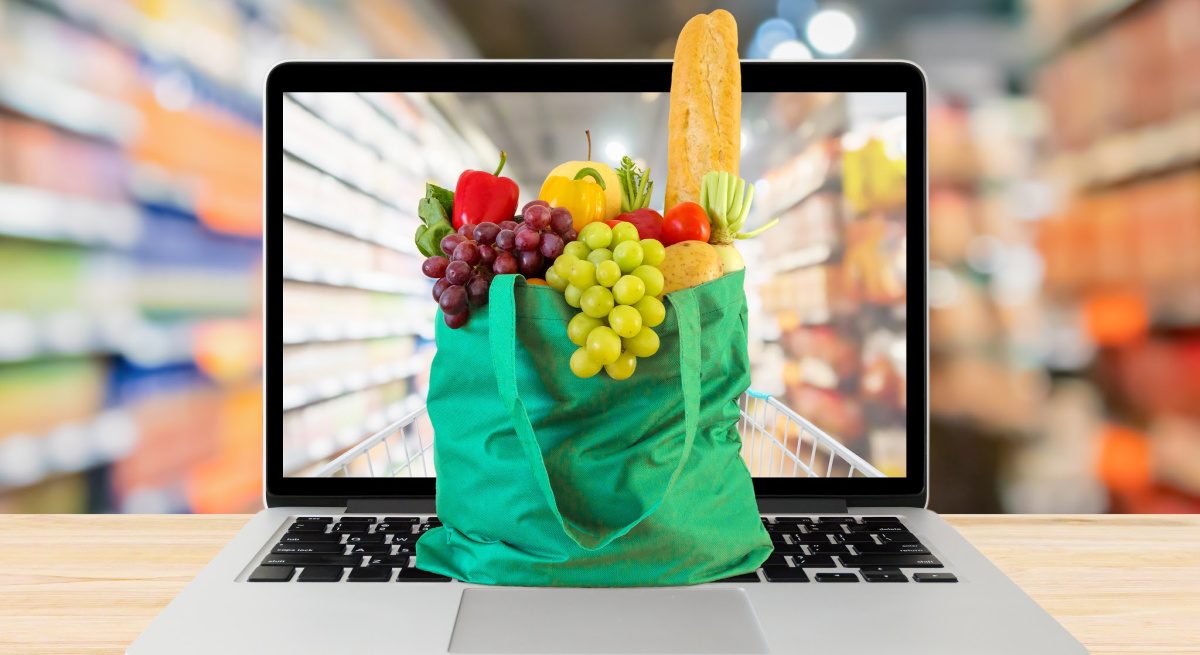Innovative Models Keep Restaurant Revenue and Supply Chain Flowing
3 Min Read By Chris Adams
As restaurants cautiously begin to reopen in pockets of the U.S. and abroad, the restaurant industry remains far from full capacity. Over the past several months we have seen customers modify their business models to accommodate restrictions and consumer preferences. While many restaurants pivoted quickly to off-premises dining only, the model is not a fit for every brand. This gave rise to a variety of creative solutions including expansion to curated meal kits and market baskets. Some restaurants even opened their pantry to become pop-up general stores.
Forging New ConnectionsWith millions of people working remotely, lunchtime, once a time of socialization, has been reduced to redundant trips to the refrigerator. Many organizations offer on-site catering and cafeteria amenities as a convenience to employees, but with work from home requirements employees are forging for themselves.
Recognizing this shift, Freshii, a fast-casual franchise with hundreds of locations globally…
Sorry, You've Reached Your Article Limit.
Register for free with our site to get unlimited articles.
Already registered? Sign in!


